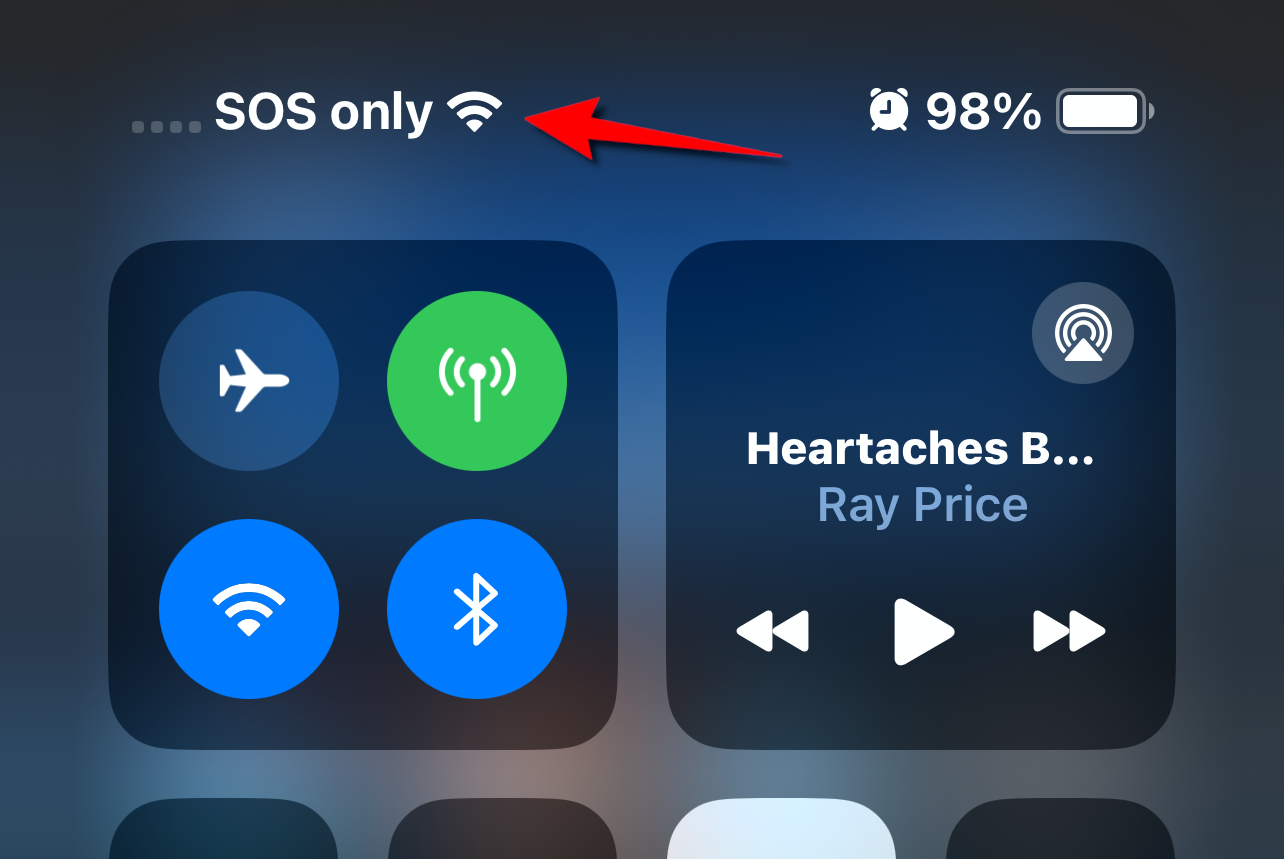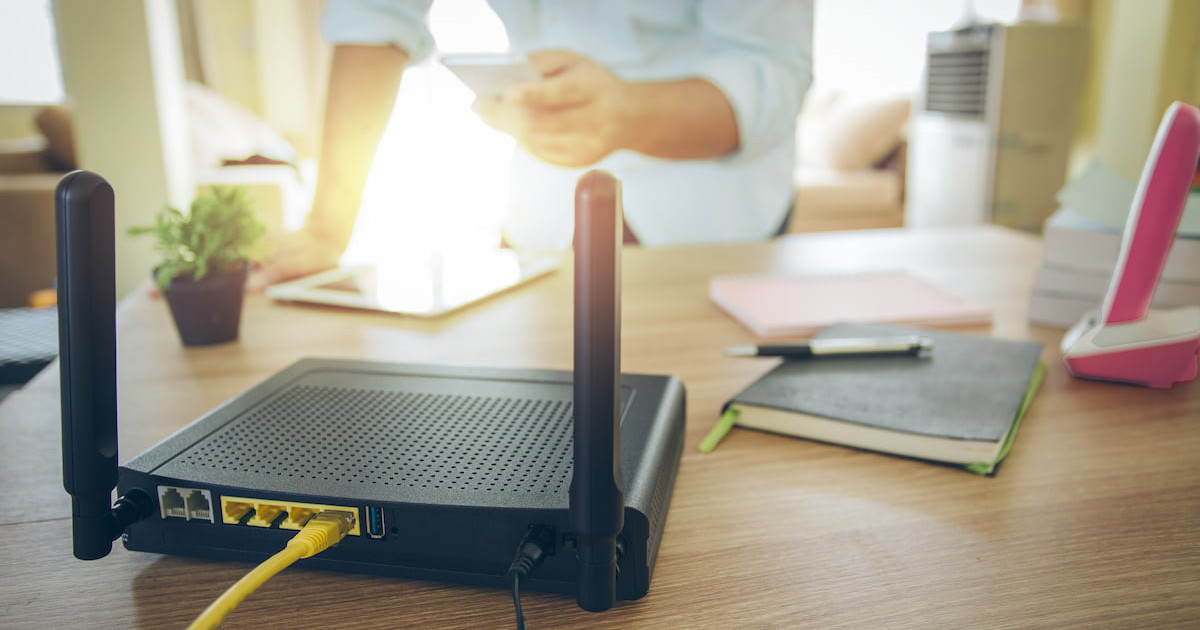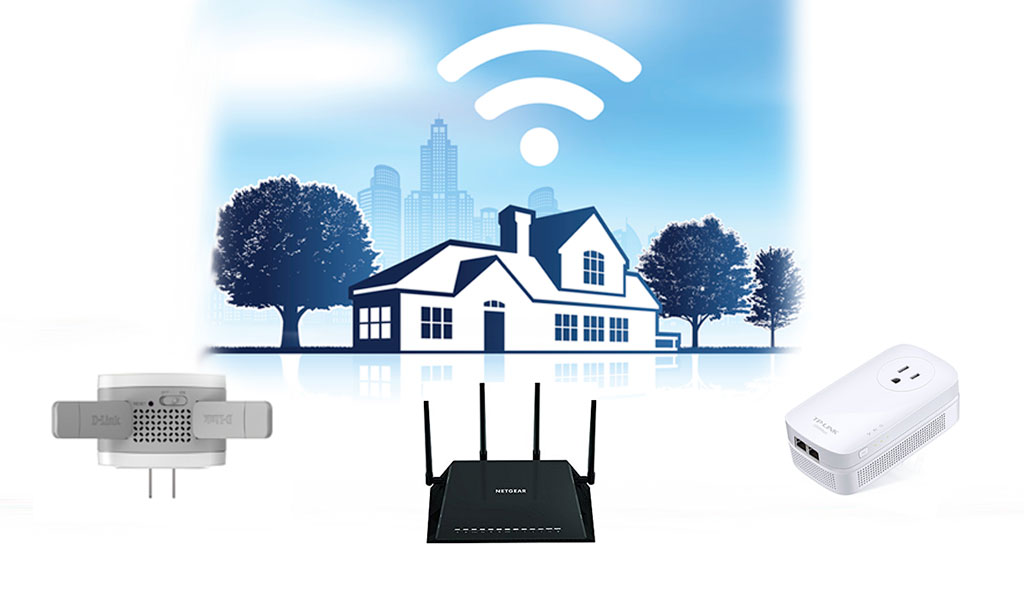What To Do if You Don’t Have Phone Service
Learn what to do when your cellular service goes out and you need to make a call.
Sep 18, 2025 | Share
Emergency, How-To

AT&T outages swept across the nation on Feb. 22, 2024, leaving around 72,000 AT&T and Cricket Wireless customers without service by 10 a.m. Many Apple iPhones affected by the outage went into SOS mode, as shown above, which allows users to make only 911 calls through neighboring cellular networks, like Verizon and T-Mobile.
But what do you do if you need to make a call or send a message? We go over a few ideas to keep the lines of communication open when a massive outage strikes your cellular service.
Need better internet to make phone calls?
Even if AT&T’s cellular service goes on the fritz, you can still use any internet service to call friends and family. Enter your zip code to see what’s available to you.
On this page:
Wi-Fi calling | Apps and services | Landline options | Secondary prepaid | Standalone hotspot
On this page:
Use Wi-Fi calling
Modern smartphones have a feature called Wi-Fi Calling you can toggle on as needed. It’s mostly used to help alleviate the traffic burdens on cell towers by routing all your calls through the internet when you’re connected to Wi-Fi. Here’s how to enable it:
Apple iOS 17.2
Step 1: Tap on Settings.
Step 2: Tap on Cellular.
Step 3: Tap on Wi-Fi Calling.
Step 4: Tap on the toggle next to Wi-Fi Calling on This Phone.
Google Android 14 (and most Samsung phones)*
Step 1: Tap on the Phone app icon.
Step 2: Tap on the three-dot More icon.
Step 3: Tap on Settings.
Step 4: Tap on Calls.
Step 5: Tap on Wi-Fi Calling.
* This feature won’t appear if your carrier doesn’t support it.
Use internet-based apps and services
Another way to make calls and send messages without cellular service is to use internet-based services. You can do this using your home internet connection or through public ones made available in Walmart, coffee shops, and community spaces.
But how? Simple. Use an app.
We have a standalone guide that covers how to use the best apps to make calls over the internet. But first, let’s take a brief look at your options, which are broken down into two categories: call landlines and call apps.
Make online calls to landlines and mobile phones
The examples we use include Google Voice, Skype, and Viber. Google Voice is your best option of the three, as you get free calling within the United States and a free phone number. Skype-to-Skype calls are free, but you must pay to call landlines and mobile numbers. Viber is similar to Skype, although it includes a cool auto-destruct tool that deletes messages.
Make online calls to other apps
Messenger, Google Duo, and WhatsApp fall into this category. These apps don’t call landlines and mobile numbers but instead allow you to make online calls and send messages to friends and family who use the same app. Messenger is probably the most popular of the three since it’s usually installed alongside Facebook. Meta also owns WhatsApp, although it’s a bit more security-focused than Messenger.
Use a landline to make calls
Landline calling is still a thing, although most internet providers with voice services now send your calls across the internet versus the traditional telephone line. Spectrum Voice is a good example, which includes unlimited nationwide calling, voicemail, caller ID, and so on. However, to get voice service, you typically need an existing internet or TV service to use it.
Here are several examples of the bundling you can get when you pair voice calling with other services:
| Provider | Bundle | Type | Price | Get it |
|---|---|---|---|---|
| Fiber Gigabit + Simply Unlimited Phone | Fiber | $115.00/mo.* | ||
|
| Go Faster + Contour TV Preferred + Voice Preferred | Cable, fiber | $169.99/mo.† | View Plan |
|
| Fiber 1 Gig + Home Phone | Fiber | $49.99/mo.‡ | View Plan |
|
| Internet 1 Gig + Phone | Cable | $75/mo.§ | View Plan |
|
| 300 Mbps Internet + Basic TV + Phone | Cable, fiber | $100.00/mo.|| | View Plan |
|
| TV Select + Voice | Cable, fiber | $120/mo.# for 12 mos. | View Plan |
|
| Gigabit Extra Internet + Xfinity Voice Premier | Cable | $95.00/mo.** | View Plan |
See disclaimers.
Use a different cellular service
Another way to make important calls when your cellular service is down is to use a different one. Find a friend or family member who uses a different cellular service, or visit a neighbor and see if you can make a call.
Prepaid mobile services are an excellent backup should your primary cellular service go down. Most cellular providers have prepaid options, like T-Mobile and Verizon, or you could walk into Walmart and purchase a relatively cheap phone alongside prepaid plans from Walmart Family Mobile, TracFone, Straight Talk, and more.
Get a secondary hotspot
If you can’t be without cellular service for any amount of time, especially if you’re always on the go, consider purchasing a standalone hotspot device and a compatible plan as a backup. It’s more universal than getting a burner phone since more than one device can access the hotspot wherever you go.
First, get a data plan
You need a hotspot plan to use a standalone hotspot device. Some of our top picks include T-Mobile’s 2GB plan for $10 per month and Verizon Pro for $90 per month. But keep in mind that some plans are only compatible with specific hotspot devices, so your options may be limited by your budget.
Here are a few guides to get you started:
Get a standalone hotspot device
The T-Mobile Inseego MiFi X Pro 5G is our top pick for the best standalone 5G hotspot device you can get. If you want one that’s not locked to one specific carrier, NETGEAR’s Nighthawk M1 4G LTE is our top pick for the best unlocked hotspot. Again, some hotspot devices only work on specific plans, so keep that in mind when you’re shopping for a hotspot.
Here are a few suggestions to get you started:
Want an internet provider with mobile phone service?
Spectrum and Xfinity are two good examples of internet providers with mobile plans and devices. Enter your zip code below to see what’s available to you.
Disclaimers
* Speed may not be available in your area. Additional taxes, fees, and surcharges apply. Rate excludes CTL Fees not to exceed $3.00/mo/line.
† for 12 mos. w/ 1-yr. term agrmt.
‡ Internet w/ Auto Pay & Paperless Bill. Max wired speed 1000/1000 Mbps. Location dependent. Wi-Fi, actual & average speeds vary. One-time charges apply. Additional monthly fees, taxes and surcharges apply.
§ For 12 months. Plus activation, installation, modem rental, taxes & fees. Price includes $10/mo discount for autopay and paperless billing.
|| Internet w/Auto Pay & Paperless Bill plus taxes. Terms apply. Not available in all areas. TV: Offer for new residential customers. Plus taxes, fees and other charges. Includes Auto Pay and Paperless Billing.
# Limited time offer; subject to change; valid to qualified residential customers who have not subscribed to any services within the previous 30 days and who have no outstanding obligation to Charter.
** Internet: For 12 months. No term contract. Taxes and equipment not included. Includes $10/mo automatic payments and paperless billing discount. Taxes and equipment not included.
Author - Kevin Parrish
Kevin Parrish has more than a decade of experience working as a writer, editor, and product tester. He began writing about computer hardware and soon branched out to other devices and services such as networking equipment, phones and tablets, game consoles, and other internet-connected devices. His work has appeared in Tom’s Hardware, Tom's Guide, Maximum PC, Digital Trends, Android Authority, How-To Geek, Lifewire, and others. At HighSpeedInternet.com, he focuses on network equipment testing and review.




